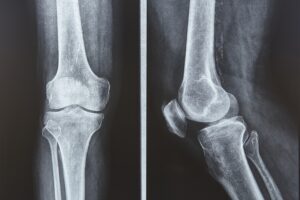
Sacroiliac (SI) joint pain, also known as sacroiliac joint dysfunction sacroiliitis, is a painful condition affecting the sacroiliac joints. Because these joints are at a crucial spot where the lower spine and pelvis meet, the pain radiates throughout the buttocks and low back, and often into one or both legs.






